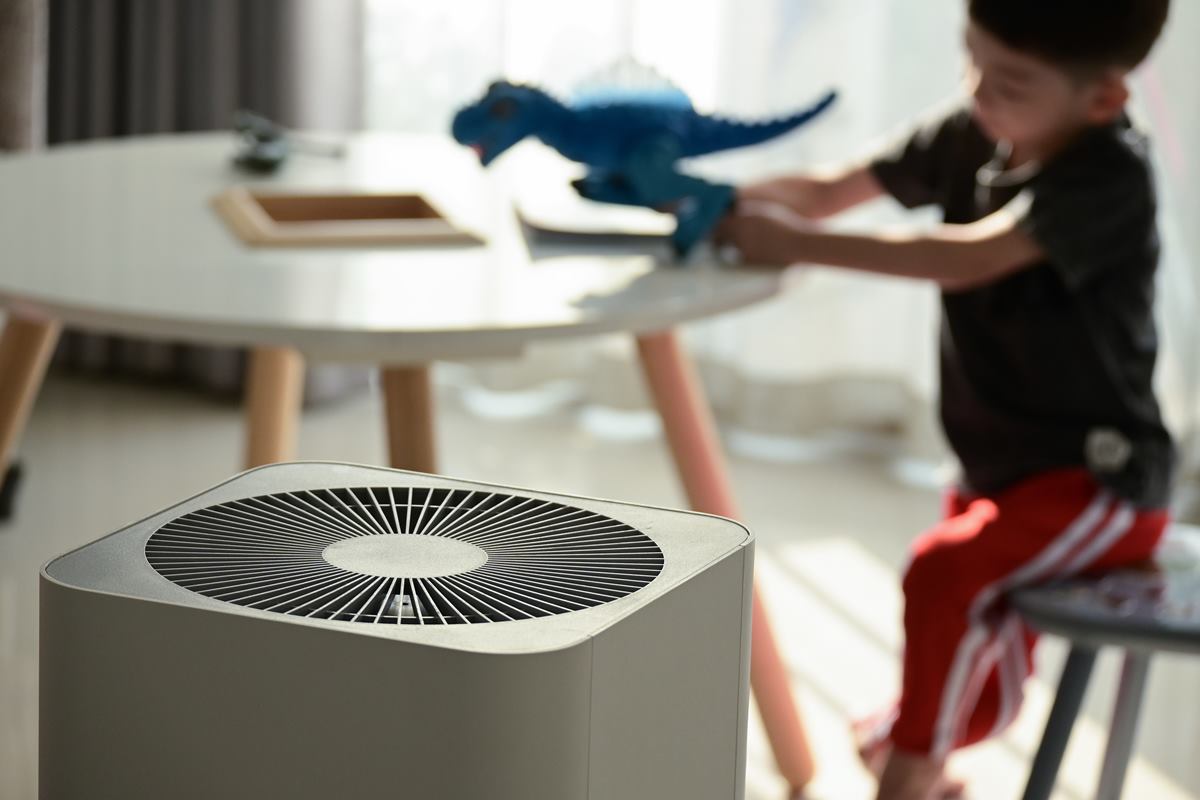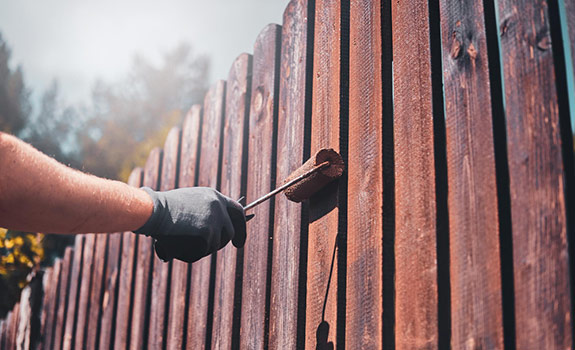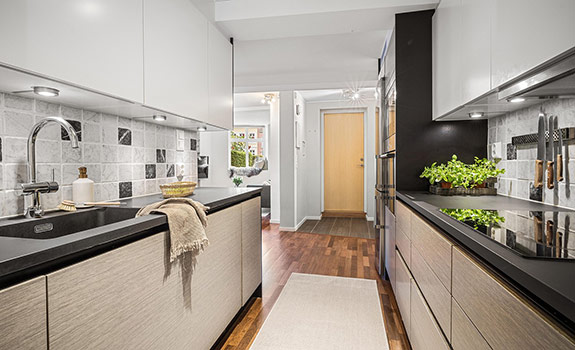When people hear about air pollution, they’d probably think about the air outside their houses. But little do they know that the air circulating in their houses can also be polluted. This is called indoor air pollution.
Indoor air pollution occurs when the quality of air that flows across your house is poor. There are many reasons for this, including high levels of pollutants, limited airflow, extreme levels of humidity, and temperature. Poor ventilation may also cause indoor pollution as it prevents the air from circulating properly, keeping the pollutants inside.
In addition, poor indoor air quality may cause different health problems, especially respiratory problems. There’s a high chance of respiratory issues ranging from mild to extremely severe symptoms, such as breathing difficulties. Other symptoms may include the following:
- Irritated eyes, sinus, and nose
- Recurrent headaches
- Fatigue and sudden dizziness
Clearly, indoor air pollution increases the risk of allergies, respiratory health conditions, asthmatic symptoms, and microorganisms. On top of that, poor indoor air quality may irritate or worsen existing medical conditions and symptoms.
Now, the big question is, how will you combat indoor pollution? With that, here are some ways that’ll help you improve the air quality of your home.
#1 Check Your HVAC System
One of the common causes of poor indoor air quality is a malfunctioning HVAC system. Instead of purchasing a new air humidifier or purifier, you might want to check your unit for possible problems, which may include the following:
- Clogged Air Filter: This is due to contaminants, such as pet dander, dust mites, or pollen that build up and block your system, spreading germs and microbes that may cause illness across your home.
- Poor Humidity Control: If your unit can’t maintain humidity levels, moisture in the air may rise, resulting in a sticky and moist feeling across your home. In this case, your HVAC might need to be repaired and recalibrated.
- Leaking Unit: Leakages could be because of refrigerant and water leaks. These may provide an environment for mildew and mold to grow and thrive throughout your home that may cause severe respiratory and health problems.
If these situations occur, don’t hesitate to call experts that provide professional HVAC services. They’ll help you address any issues concerning your unit, ensuring that it’ll work as effectively as possible.
#2 Reduce Air Pollutants
Air pollutants are the major causes of poor air quality. So, it’s important to know what they are and how to mitigate their presence in your home. Here are some of them:
- Radon: Radon is a harmful gas that comes from cracks in the land that may seep into your home and build up, increasing your chances of contracting severe health conditions like lung cancer. You can use home test kits to determine radon levels in your home. If it turns out to be unsafe, you might need to seal the foundation of your home to prevent it from entering.
- Secondhand Smoke: Cigarette smoke is known to cause different types of diseases, including cancer and other life-threatening health concerns. The best way to reduce secondhand smoke is to eliminate the use of cigarettes. Not only will it keep your air quality safe, but it’ll also help you live a healthy life.
- Formaldehyde: Formaldehyde is one of the volatile organic compounds present in everyday objects, particularly wooden furniture. To prevent this harmful gas from circulating inside your home, choose used over new furniture as they release small amounts of formaldehyde over time. Also, opt for solid instead of composite wood furniture.
Cleaning products also emit harmful gases into the air. Therefore, choose products that have safe, environmentally friendly, and non-toxic ingredients when cleaning your home.
#3 Control Allergen Levels
Allergens are one of the effects of poor indoor air quality, which you can find on different surfaces across your home. These include dust, pollen, molds, pet dander, and mildew. Here are some tips to help you prevent and control the presence of allergens:
- Bathing your pet regularly
- Washing your bed sheets with hot water to kill off dust mites
- Using hypoallergenic upholsteries and impenetrable mattresses to ward off dust mites.
- Consistently vacuuming dust and pet dander to prevent them from piling up
- Cleaning hard surfaces to remove molds using soap and bleaching solution
Furthermore, reducing their levels may help you improve the air quality of your home and lower your risk of respiratory symptoms.
#4 Use Air Purifiers
An air purifier is one of the most effective ways to keep the air from your home fresh, clean, and comfortable. When buying a new one, look for those with high-efficiency particulate absorbing (HEPA) filters that can prevent even the smallest harmful particles from roaming around your home.
In fact, HEPA-graded filters may help you reduce and eliminate more than 99% of dangerous particles in the air. In addition, this type of filter may minimize and remove the following:
- Volatile organic compounds
- Smoke
- Pet dander, dust, molds, and other allergens
- High amounts of carbon dioxide
- Spores from molds
Furthermore, having an air purifier equipped with a HEPA-graded filter may help you prevent the flu virus from ravaging your home.
#5 Keep Indoor Plants
Many people have strongly recommended having indoor plants at home to purify and clean their air. However, some studies can be confusing and contradictory, considering the fact that not all plants have the same properties.
If you want to use indoor plants to improve your indoor air quality, choose the right one as not all of them can reduce the pollutants in the air. Instead, you’ll have more problems than solutions. Some produce carbon dioxide, especially at night.
Here are some plant varieties you can use to improve the air quality of your indoors:
- Common ivy
- Peace lily
- Dracaena
Final Words
It’s always important to keep the air quality of your home good. Otherwise, it’ll lead to problems, particularly health issues.
You may follow the tips above to improve your indoor air quality. These include checking your HVAC for problems, reducing the pollutants in your home, controlling allergen levels, using air purifiers, and keeping indoor plants. With these tips, you’ll have cleaner, safer, and healthier air for your family.
Published in: Smart home | Author: Lynn








